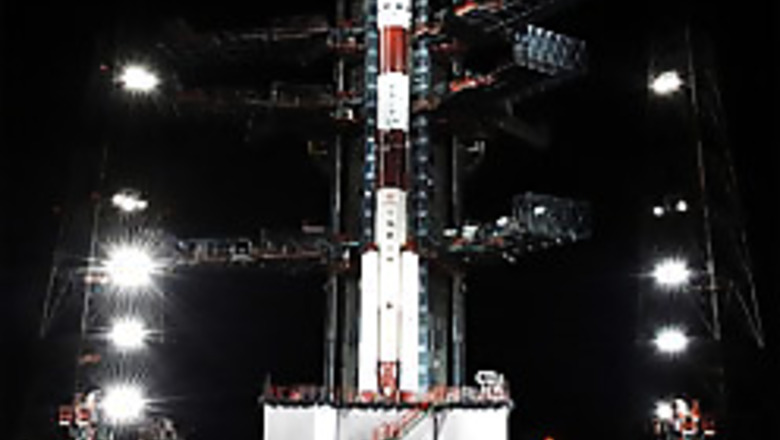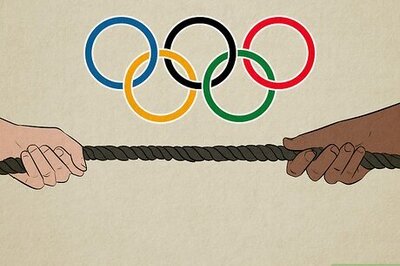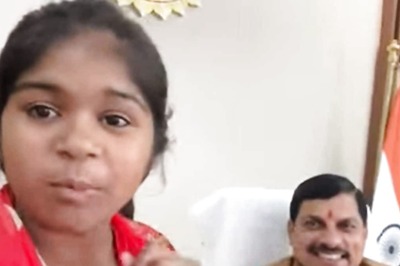
views
Chennai: SK Shivakumar, 55, for 32 years has been the eyes and ears of the Indian Space Research Organisation (ISRO).
He has lost count of the number of satellites he has tracked, but he thinks he is nearing his half century.
As the Director, ISRO Telemetry, Tracking and Command Network (Istrac), he is eagerly awaiting the Wednesday morning launch of India's first lunar orbiter Chandrayaan, so that he can start tracking it in slow motion.
"On some days the tracking antenna would move just 0.1 milidegree per second. One will not see the antenna movement but it would have moved," he said.
In the case of remote sensing or communication satellites, the tracking antenna moves 0.4 degree per second.
"We had to design the moon satellite's antenna's gearing ratio accordingly," Shivakumar added.
A triple degree holder – B Sc, BE and M Tech – Shivakumar was given four years to build the tracking antennas for the lunar mission, and was initially apprehensive about the tight deadline.
But he and his team are not only ready on time, they have tested all their equipment by tracking SELENE, a Japanese spacecraft orbiting the moon now.
The ground segment of the Chandrayaan mission mainly consists of Indian Deep Space Network (IDSN), Spacecraft Control Centre (SCC) and the Indian Space Science Data Centre (ISSDC).
The Rs 1 billion IDSN that receives the radio signals from Chandrayaan and sends commands back consists of two large parabolic antennas – of 18-metre and 32-metre diameter.
The larger antenna, located in Byalalu – 35 km from Bangalore – is indigenously designed, developed, built, installed, tested and qualified.
While the 18 metre antenna can support the present lunar mission, the bigger antenna can support spacecraft missions well beyond Mars.
The SSC located near the Istrac campus is the focal point of all the operational activities of Chandrayaan.
The third ground control element, also located at Byalalu, receives, stores, processes, archives, retrieves and distributes the scientific information received from ISDN and other external stations supporting India's moon mission.
For the Istrac officials the thrill and challenge is tracking a satellite that did not enter its intended orbit.
"When Indian Remote Sensing (IRS) 1D got into lower orbit then what was planned, it was a challenge to push the satellite into a manageable orbit. Recently we had a bash when the satellite completed a decade in operation,” recalls Shivakumar.
According to him the other memorable experience was the tracking and recovery of the space capsule from the time it was launched and till it splashed into the sea.
"We can proudly claim that Istrac played a major role in bringing the capsule back, tracking it with networks on land within and without India and also in ships and helicopters."
Born into a big family, Shivakumar has five sisters and his father was a Karnataka state government employee.
His two daughters are engineers. His wife Girija, an expert in crystallography, an experimental science of arranging atoms in solids, teaches in a Bangalore college.

















Comments
0 comment